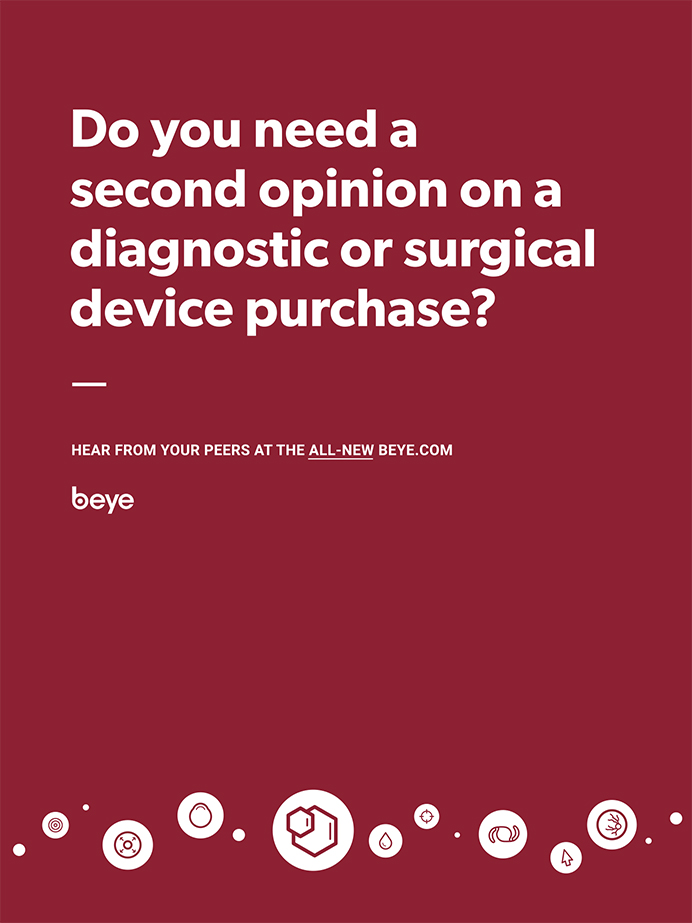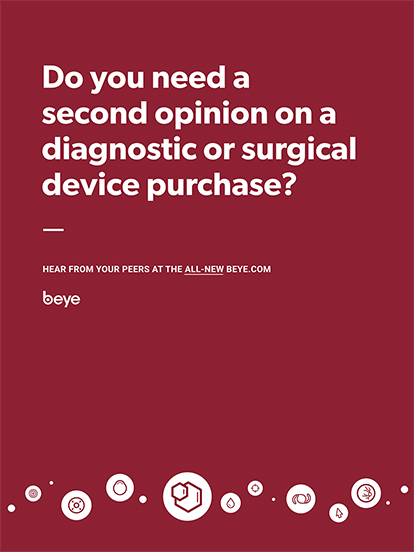I have been practicing optometry for more than 20 years and have seen the forces of my trade evolve toward collaborative practices. When the eye care community discusses collaborative care, we usually think of it as a relationship between surgeons and optometrists. One relationship that is underexplored in collaborative care, however, is the relationships among optometrists.
The increasingly aging population will require optometrists to collaborate with one another in the surgical care of their patients. These relationships may be with doctors spanning time zones or with doctors just down the street. Regardless, a well-tended relationship between optometrists will provide each doctor with a better understanding of their patients’ personal needs. I feel that following such a philosophy has grown the location where I practice, strengthened the relationships we have with our practice’s referring doctors, and improved patient care. To me, it is an intellectual endeavor that benefits all parties involved.
The integrated optometric-ophthalmic facility at which I practice commonly sees surgical patients who have traveled several hours for the life-changing experience of cataract surgery. The situation I will describe below, however, started at a practice only two blocks away—a reminder that comanaging relationships can be between doctors who are in close geographic proximity.
THE REFERRAL
The optometrists in our referral network usually send a summary note of a patient’s case to let us know pertinent information and details of discussions their office had with the patient regarding surgical goals. The referring optometrist also communicates which type of IOL the patient and the office have discussed and, in some cases, agreed upon. The recommendation in this particular case was to go with standard cataract surgery with a monofocal IOL.
Even in a case such as this, I review all surgical options with the patient, including refractive laser-assisted cataract surgery, distance correction goals, and IOL options (including monovision, extended depth of focus, and multifocal).
After meeting the patient myself for the cataract presurgical exam, I concurred with the referring optometrist’s analysis and scheduled the patient for standard cataract surgery.
THE ADJUSTMENT
After the presurgical exam, the patient called our office and said that she changed her mind. Rather than undergoing monofocal IOL insertion, she wanted full distance and near correction.
With most referred patients, the presurgical exam is usually the first time I meet them. By contrast, referring optometrists have sometimes seen these patients for many years. They know the patients personally: they may have seen them play the piano at church, know that they have a woodworking hobby, or watch them coach little league baseball. They understand their patients mentally and emotionally. I will never obtain all of this information during a 15-minute exam.
After talking to the patient on the phone about her requested surgical plan change, I got back on the phone with the comanaging optometrist. We reviewed the chart notes he had at his practice, but, more important, he talked about the patient—who she is as a person and what kind of vision she needs to improve her life. In short, we collaborated and kept our focus on the patient.
We—the patient, the referring optometrist, and I—decided to proceed with a »Tecnis Symfony extended depth of focus IOL (Johnson & Johnson Vision) in the dominant eye and a low-add »Tecnis Multifocal IOL (Johnson & Johnson Vision) in the nondominant eye because this particular patient loves to paint as a hobby.
I recently received the follow-up note from the referring optometrist regarding this patient’s 2-week postoperative visit. The comments were: “excellent results…patient very happy.”
WHAT COLLABORATION IS ALL ABOUT
The ultimate goal of working together is to improve lives—period. The kind of communication I just described isn’t typically seen in health care, and yet I believe that it is essential to eye care, especially in surgical cases (particularly LASIK, phakic IOL implantations, cornea inlays, and refractive cataract surgery).
Most optometrists have long-standing relationships with and information about their patients that may not be communicated between providers unless we have a collaborative focus from the outset. I am constantly on the phone with referring optometrists to ensure that our surgical goals are aligned and that the referring optometrist is included in the decision-making process. Doing so means that the patient will ultimately be sent back to his or her referring optometrist’s practice as a satisfied postsurgical patient.






